Folks, I am back after a refreshing 6 week holiday in Mangalore. Well, to be honest, it was more tiring than refreshing as I was busy with the endless chores that a mom needs to do for her two young kids whether she is holidaying or not. But since I badly need an annual break it was a positive experience for me as I welcome a holiday in Mangalore no matter how short it may be. Six weeks was not a short duration at all, infact it is perhaps the longest that I’ve been in Mangalore after I got married. I am glad that I actually got to spend a lot of time with my mom and also take the kids around town, although it wasn’t much. My brother and his kids joined us midway and then there wasn’t a dull moment for us adults.
Despite the fact that it was a busy holiday I got the chance to meet my close friends, a couple of readers and bumped into several people I hadn’t met in years. My grade 1 and 6 teachers and my school mates who I hadn’t seen in over two decades were only pleased to meet me. We hugged and clicked selfies and it felt so good. Meeting up with relatives was another thing that we had planned to do and it was really nice to reignite family bonds. It just reinforced my belief that people, especially those bound by blood are so important to us whether we admit it or not. We do not realise it when we are young but when we inch towards and find ourselves in a mid life crisis we begin to appreciate and actually miss those people who are no longer amidst us.
Having said that, the kids were a little bored towards the end of our holiday as we didn’t eat out a lot to avoid stomach related illnesses (which were doing the rounds in Mangalore). Since meeting the elderly was not on their agenda they mostly prefered to stay put at home watching movies or reading books.
Amidst the chaos and the routine I did manage to grab a few moments of peace for myself whenever I had to run errands around town. Instead of driving around (on the terribly pot hole ridden roads) on somedays I chose to take the bus. So much fun it was!! Trust me, the whole idea of sitting in public transport and getting ferried around town brought a smile of glee on my face. It may sound ridiculous to you but I couldn’t remember the last time I had taken a bus ride when I hopped into one last week! The ride helped me get into a retrospective mood and to my mind came a hundred topics to write on the blog. I have forgotten all of them today :-(. Note to self: Always jot down the points!
Although I had plans to learn a thousand recipes on this trip to India, somehow they didn’t materialize as my kids fell sick within a couple of days of us landing there. Then time slipped away and recipe hunting took a back seat. I did however manage to grab a few essential ingredients that every Mangalorean worth her salt wants to bring back with her. Apart from my annual quota of bafat, stew and veg masala powders, peppercorns, tamarind and red chillies, I also managed to bring some hog plums, bamboo shoots, salted raw jackfruit, turmeric leaves and colocasia leaves. On the day of our departure, armed with a few large plastic bags I went to bid goodbye to my grandma and with the help of my uncle gathered as many leaves as I could. Two days after we returned, the kitchen smells amazing as the aromas of these leaves being cooked one way or the other have been wafting around. Yesterday, I made the haldikolyanche patholi (sweet dumplings steamed in turmeric leaves) and padengi ghassi (sprouted moong curry) to which I added a few bamboo shoots. Today, it was the turn of these pathrode and tomorrow I will shred the remaining colocasia leaves to make pathrade steamed cakes that will go into a mutton curry for our weekend meal.
You may wonder why I have mentioned the same dish twice. Isn’t pathrode and pathrade supposed to be the same thing? Well, yes it is. I have just spelled them differently and plus there are two different ways to make the same thing. We Catholics make it by shredding the leaves before adding it to a thick, ground paste of rice and spices, wrap up oblong shapes of the stiff batter using teak leaves and then steam it. Do check out the recipe and process here. The other, more popular way among the other communities of Mangalore is the rolled up method where the masala paste is smeared between layers of leaves that are stacked up, rolled up and steamed. Then it is cut and served plain or with a tempering. This method of making it is more suitable if you wish to serve it more like a snack or a side dish rather than dunking it in a curry (the steamed cakes that Catholics make are more firm and don’t disintegrate easily and hence used in a curry)
This rolled up method is actually popular along the Konkan coast and is called as the ‘ALu Vadi where ‘aLu’ stands for ‘colocasia’ and should not be confused with the Hindi term for potatoes (aloo). Vadi is a loose term that denotes a fritter or pakora. There are plenty of recipes for the masala paste that is smeared between leaves. Besides the basic spices and rice some recipes call for the addition of moong, chana and urad dals. Some are mildly sweetened with the addition of a little jaggery. My recipe was shared by my mum-in-law’s neighbour Mrs. Vanita Amin last year which I successfully managed to try out this year 🙂 This kinda makes up for the lack of recipes collected this year I guess!
For more seasonal goodies, do check out the recipes at the bottom of this post
Seasonal Goodies (Popularly made during the monsoons in Mangalore)
(My random selection!)
|
|
|
|
|
|
|
|
|
|
|
|
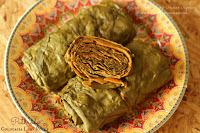
Pathrode ~ Colocasia Leaf Rolls
A popular, seasonal snack made in Mangalore and other parts of coastal Karnataka which involves a stack of colocasia leaves sandwiched together with a masala paste and then steamed and sliced
Print
Pin
Rate
Ingredients
- 12-15 big colocasia arbi/taro leaves
For the masala:
- 1 cup raw rice surai thandul/belthige * I used Kolam rice
- 1/4 cup split moong dal
- 1 cup loosely packed grated coconut
- 1 tablespoon cumin seeds
- 1 tablespoon coriander seeds
- a pinch of mustard seeds
- 1/2 teaspoon turmeric powder
- 2 marble sized balls of tamarind
- 1 small or 1/2 of a medium sized onion
- 2 cloves of garlic
- 2-3 teaspoons of grated jaggery optional
- salt to taste I used approx 1-1/2 level teaspoons
Instructions
- Wash the rice and the moong dal in a couple of changes of water and then soak them together in ample amount of water for 3-4 hours. Then drain and grind along with the rest of the ingredients mentioned under ‘For the masala’, to a smooth, fine paste. Use water sparingly so as to get a thick paste and not a very runny one. Keep aside.
- Gently wash the colocasia leaves and pat dry using a soft kitchen cloth. Turn each leaf upside down with the veins facing you and carefully remove the thick veins starting from the stem area. By trimming this portion you will help reduce itchiness that the colocasia leaves tend to impart. This will also make the leaves less likely to break when you start rolling them.
- Sort the leaves according to the size and decide how many rolls you wish to make. You can make a single large roll of 12-15 leaves or divide them into 2 or 3 rolls. Roughly divide the masala also so that you are able to spread it out evenly among the rolls.
- Clean up a fairly large working space – a table or your kitchen counter or a chopping board. Place the largest leave facing down (veins facing towards you) and apply the masala thinly and evenly over it. Next, place another leaf in the opposite direction (as seen in the picture) and apply the masala over it. Continue until all the leaves (or as many as you have reserved per roll are finished up).
- Carefully fold both the sides along the length and then roll along its breadth (as if you are rolling a carpet)
- Place water in a steamer and when it comes to a rolling boil, place the rolls in it and steam for a good 20-25 mins or until the knife inserted comes out clean. Leave the rolls for another 5-10 mins in the steamer before removing them out.
- Cut into slices and serve as is or lightly fry them up. You may also serve the slices seasoned with mustard and curry leaves.
Notes
There are many varieties of the colocasia plant. The best way to differentiate them is by the colour of their stalks (stems). The one with black stalks are usually cooked and given to new mothers. Another variety I am told is with very light green or almost white stalks (rarely found apparently). The one with green stalks is what I have used for this recipe. There is another variety which has pink spots over the leaves which I am not sure is edible.
Disclaimer
The nutritional values are only indicative.
Tried this recipe?Please leave a comment & rate the recipe below or share a photo on Instagram and tag me @ruchikrandhap

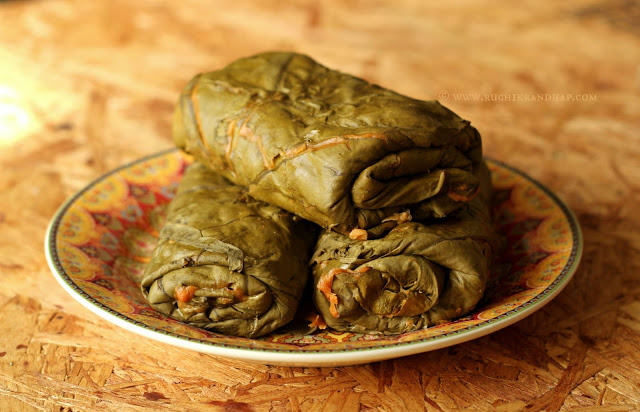
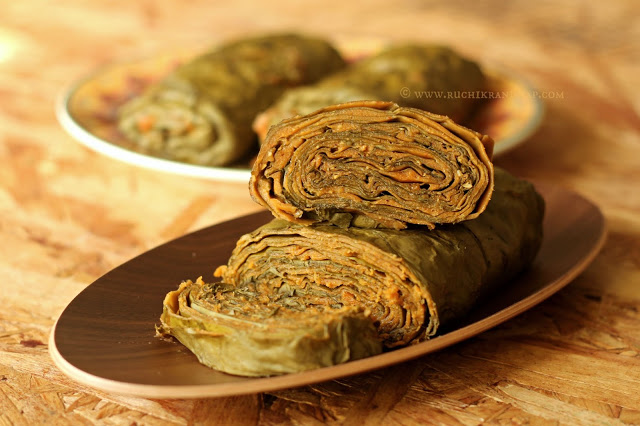
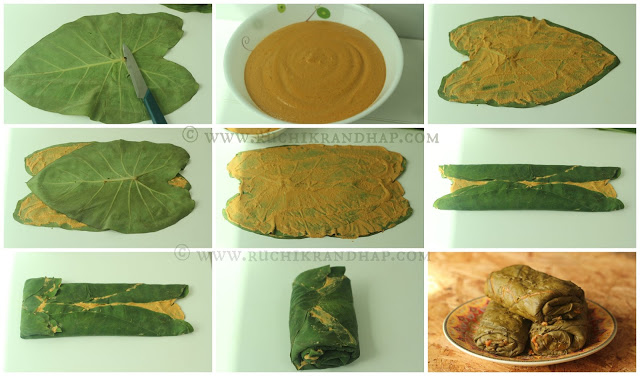
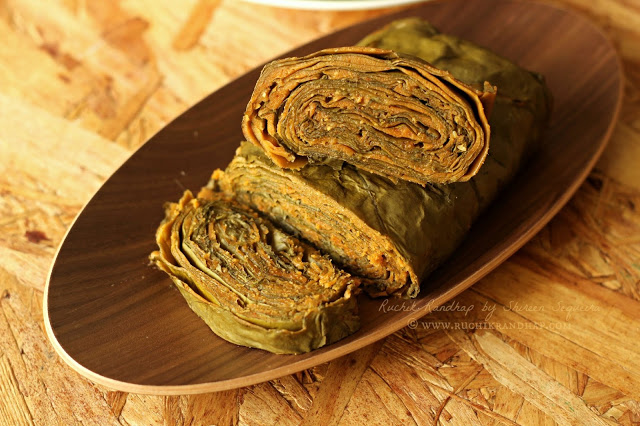
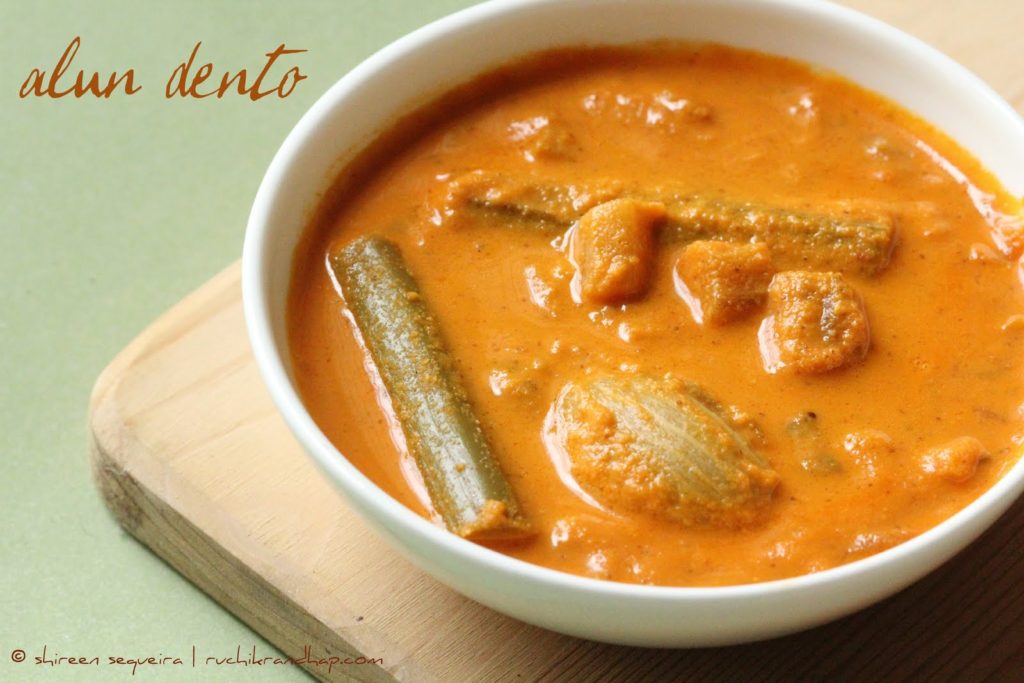
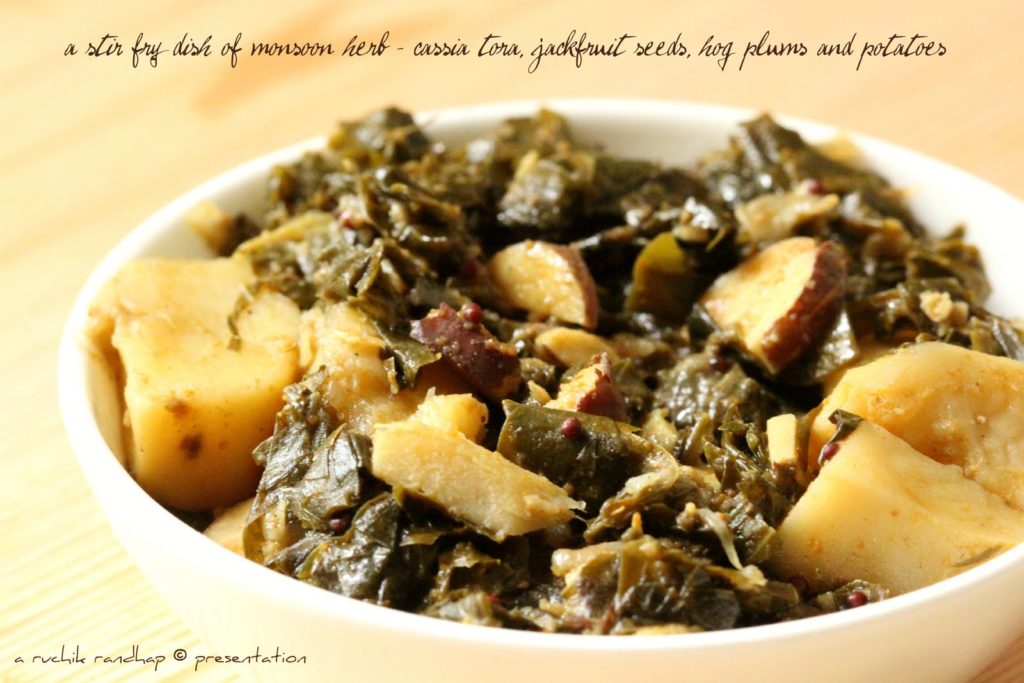
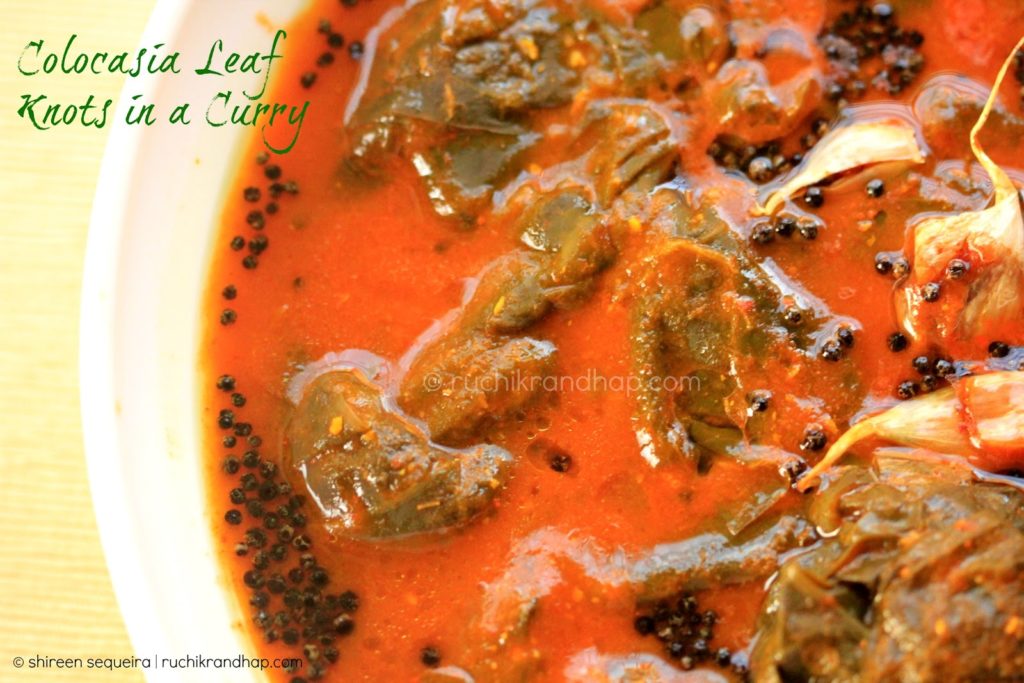
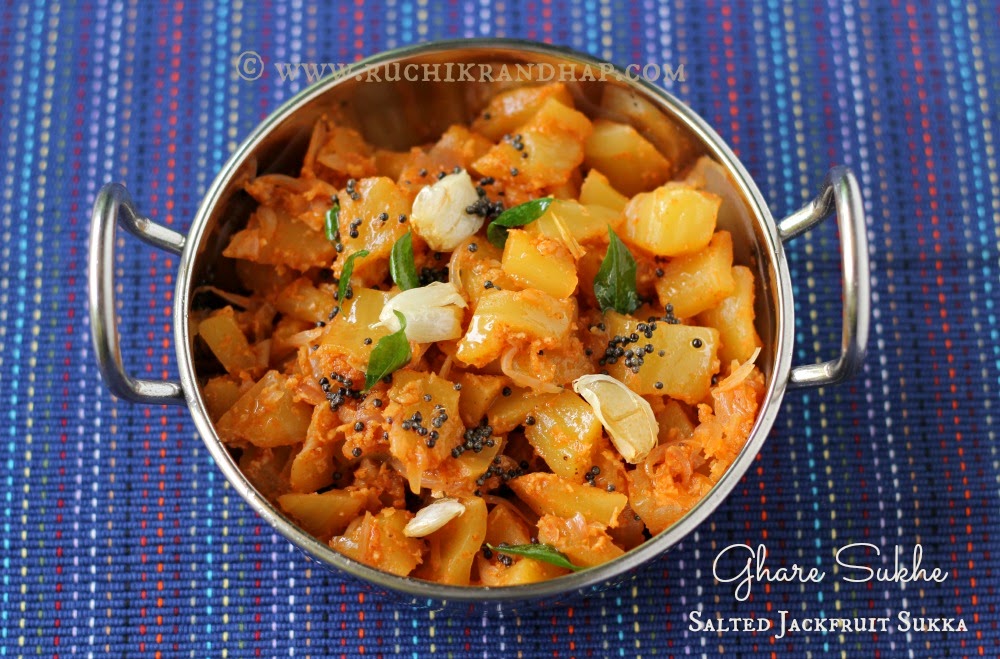
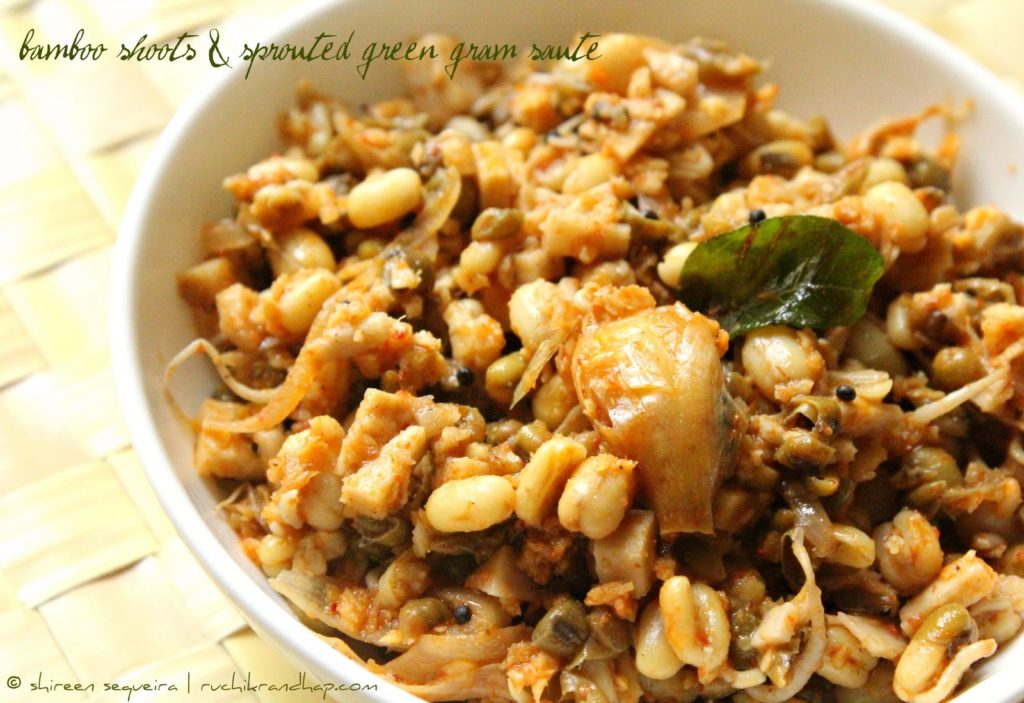
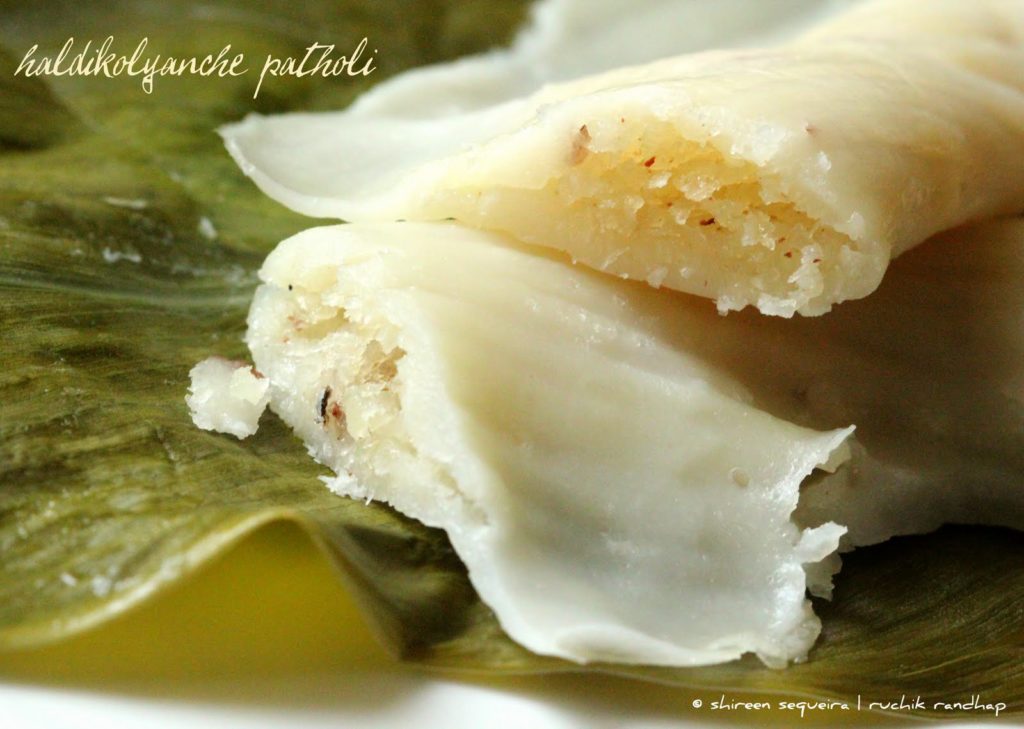
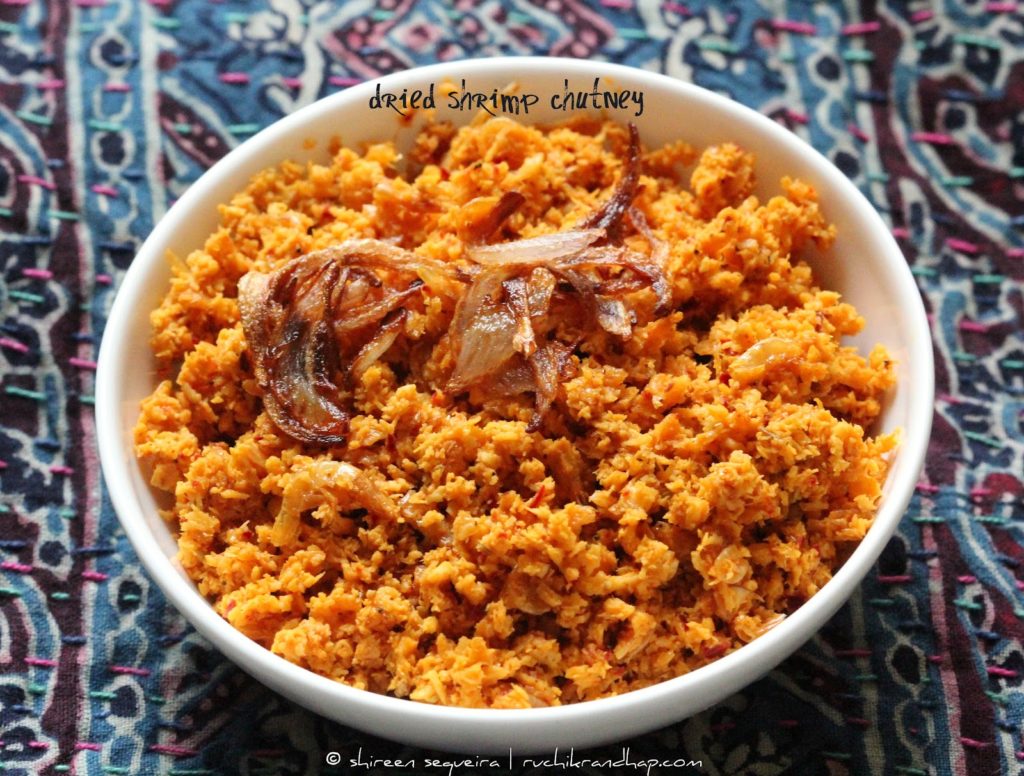
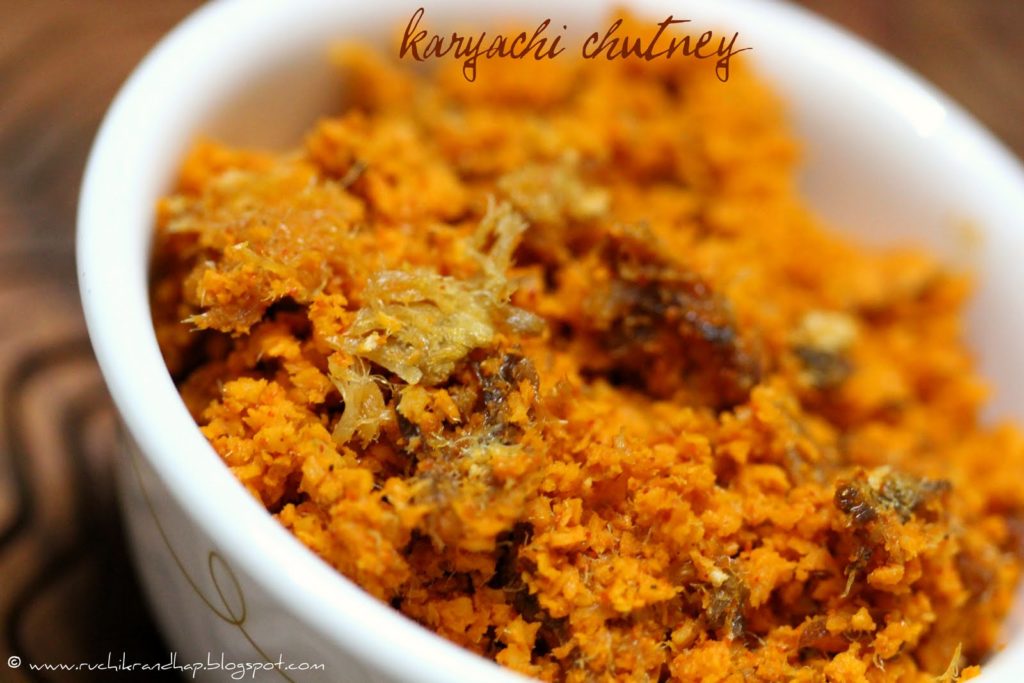
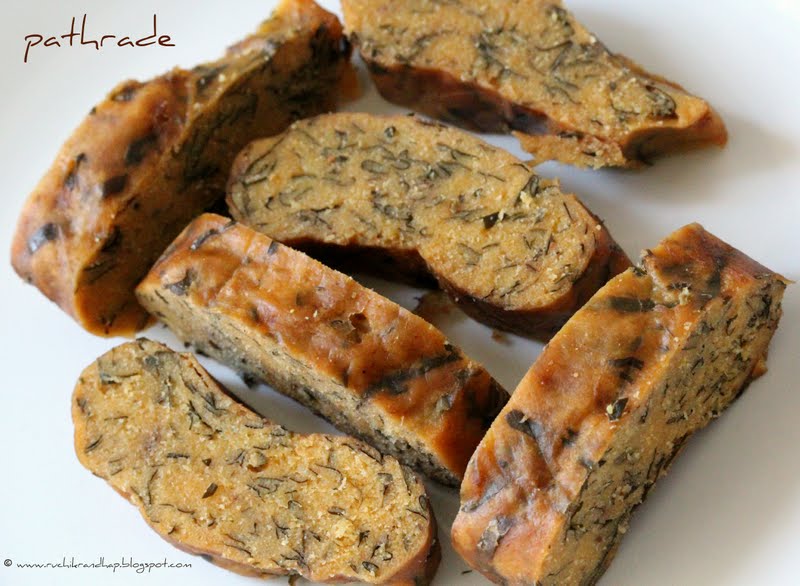
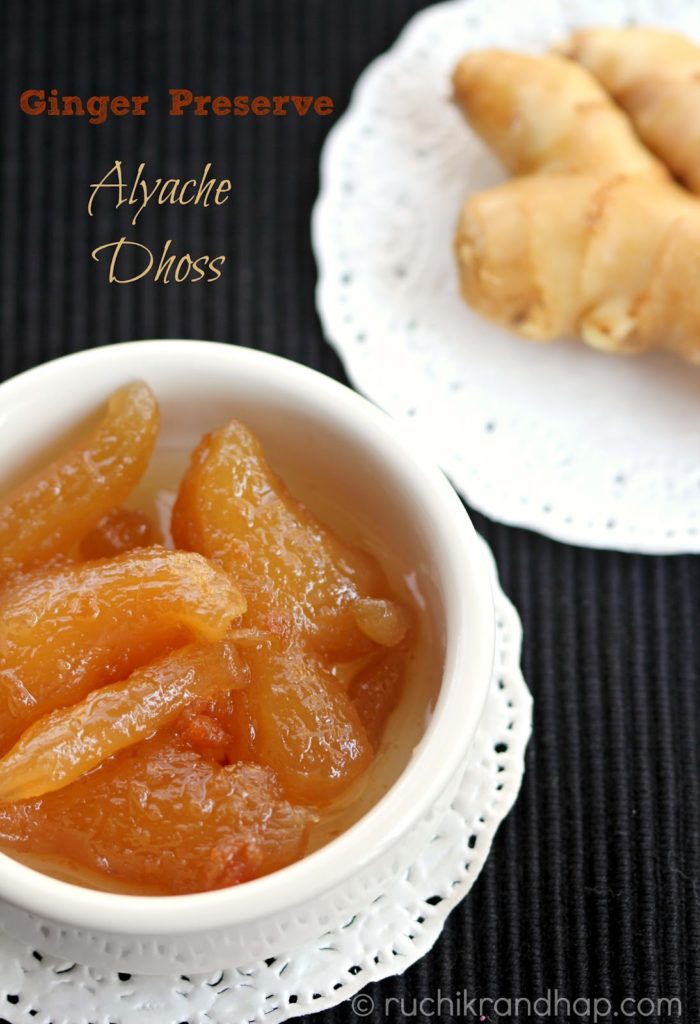
Leave a Reply